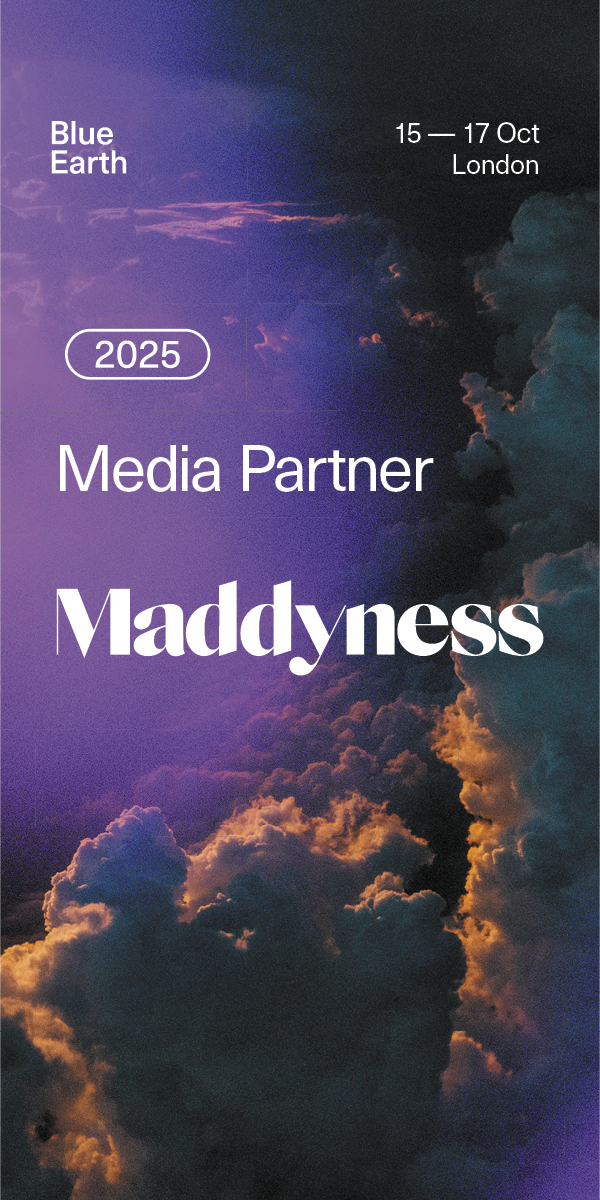Whether in the lecture theatre or through a computer monitor, a lecture is a format that was optimal for a time when resources such as books were scarce. Yet even today online courses, such as MOOCS, often still follow this format of static, non-interactive lecture recordings.
This one-size-fits-all approach diminishes the learning experience and fails to unlock the powerful learning tool technology (and the internet) can be. The students of today – whether they are of school age, a student or a member of the workforce – are living in a world where technology is a natural part of our daily environment. By embracing the potential of online learning and not simply trying to replicate our physical experience from the classroom, we have an opportunity to rethink the concept of learning, from the ground up, helping us all learn faster and remember more.
An enforced online experiment
In the midst of the COVID-19 pandemic, as schools were forced to shut their doors and families had to adjust to life in lockdown, learning was moved online not by choice but through necessity. While the equity of access to online education varies enormously around the world and even within individual countries, the enforced shift online was unprecedented. Nearly 90% of high-income countries provided remote learning opportunities, while in upper-middle income countries that figure stood at almost 70%, resulting in millions of students all around the world learning online.
From primary and secondary schools to further education colleges and universities, educators had to adapt how they delivered their teaching. While some may have found success in innovating new lesson plans and materials specially adapted for online learning, the experience for many learners proved to be extremely passive.
It would be unfair to judge all online teaching on experiences and anecdotes gathered during the pandemic, but it’s clear that many educators were ill-prepared for the switch online and learning outcomes were difficult to measure. However, the fundamental issues of online learning in its current form were still laid bare – we haven’t evolved beyond the classroom.
Out of adversity comes innovation
Online learning and its integral platforms and resources will ultimately be judged by its customers. If we do not provide an engaging learning experience fit for the 21st century learner, they will simply go elsewhere. Where social media platforms demand attention through their engaging content that is as diverse as the creators themselves, curators of online learning courses must also grasp this approach.
It’s in this multimodal nature of learning where being online can truly come into its own. Written, audio and visual content can seamlessly meld together into formats that cater for a variety of learners and contexts. Materials can be continually updated and adapted as new resources become available, especially important in the fields of technology or science where subject matter can quickly become outdated or better resources become available.
To put the growing amount of information available online into some context – there are now over 1.8M scientific papers published annually in over 28,000 journals. This volume of information is an opportunity, not a problem, the key to which lies in its curation. We must help learners of today to find, analyse, evaluate and then crucially retain that knowledge as it constantly expands.
And knowledge does more than just allow students to reel off facts or historical dates. Acquiring knowledge actually makes learning easier: we create pathways in our mind between preexisting knowledge and new material. Cognitive scientists have shown that new materials are more likely to be remembered if they are related to what is already in memory, which is why learning online can be so effective, if used in the right way.
We must also appreciate that learning is not static and in order for it to be of value in a rapidly changing world: it needs to be able to continually evolve.
Online courses should be able to take the latest developments or insights from experts, and integrate and add these alongside existing materials. We will provide a truly holistic learning experience if, in addition to this, learners can ask questions and interrogate what they are being taught: critical thinking should be embedded in learning from the offset as challenging an idea or concept is often the best way to fully understand it.
Rather than relying on one-size-fits-all methods of teaching and learning found in so many traditional educational settings, online learning allows the student to learn from materials at their own pace, become more highly engaged, and build upon this learning in a compound way by forming new connections across concepts old and new. When students retain information, they can successfully build upon it and form deeper connections and thus develop a deeper level of understanding.
To truly place the learner at the centre of their own education and encourage them to learn faster and remember more, online learning must be grounded in the science of learning. We are not making the most of the world’s most valuable educational resource, the Internet. Everyone already learns from the web, from history on Wikipedia to DIY tips on Youtube, but we have a real opportunity to combine this ‘learning for the sake of learning’ ethos with traditional education. If we can achieve this, we will enjoy a new medium of education truly fit for the modern learner and fix a broken education system.
Joshua Wohle is CEO and founder of Mindstone.










